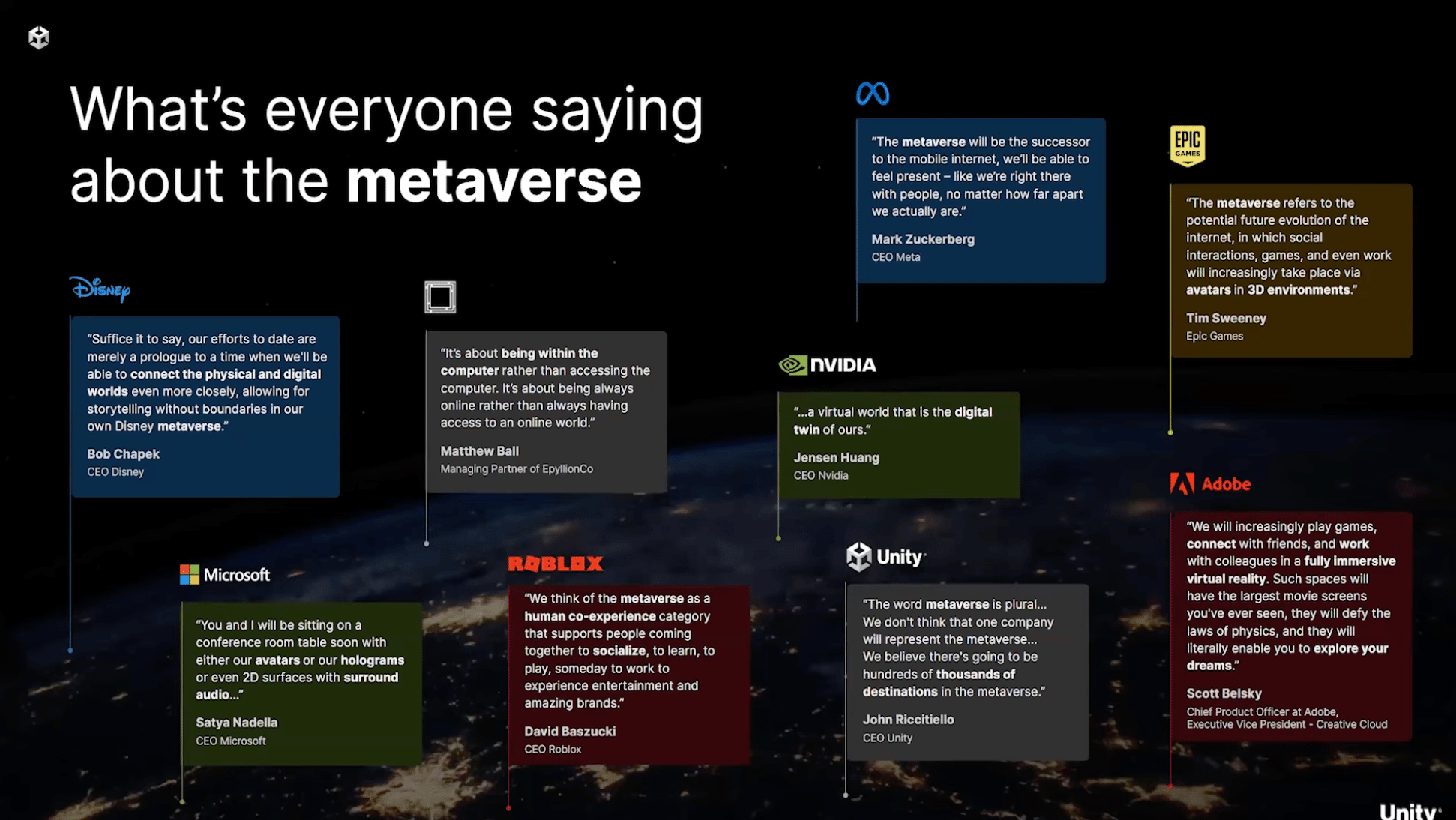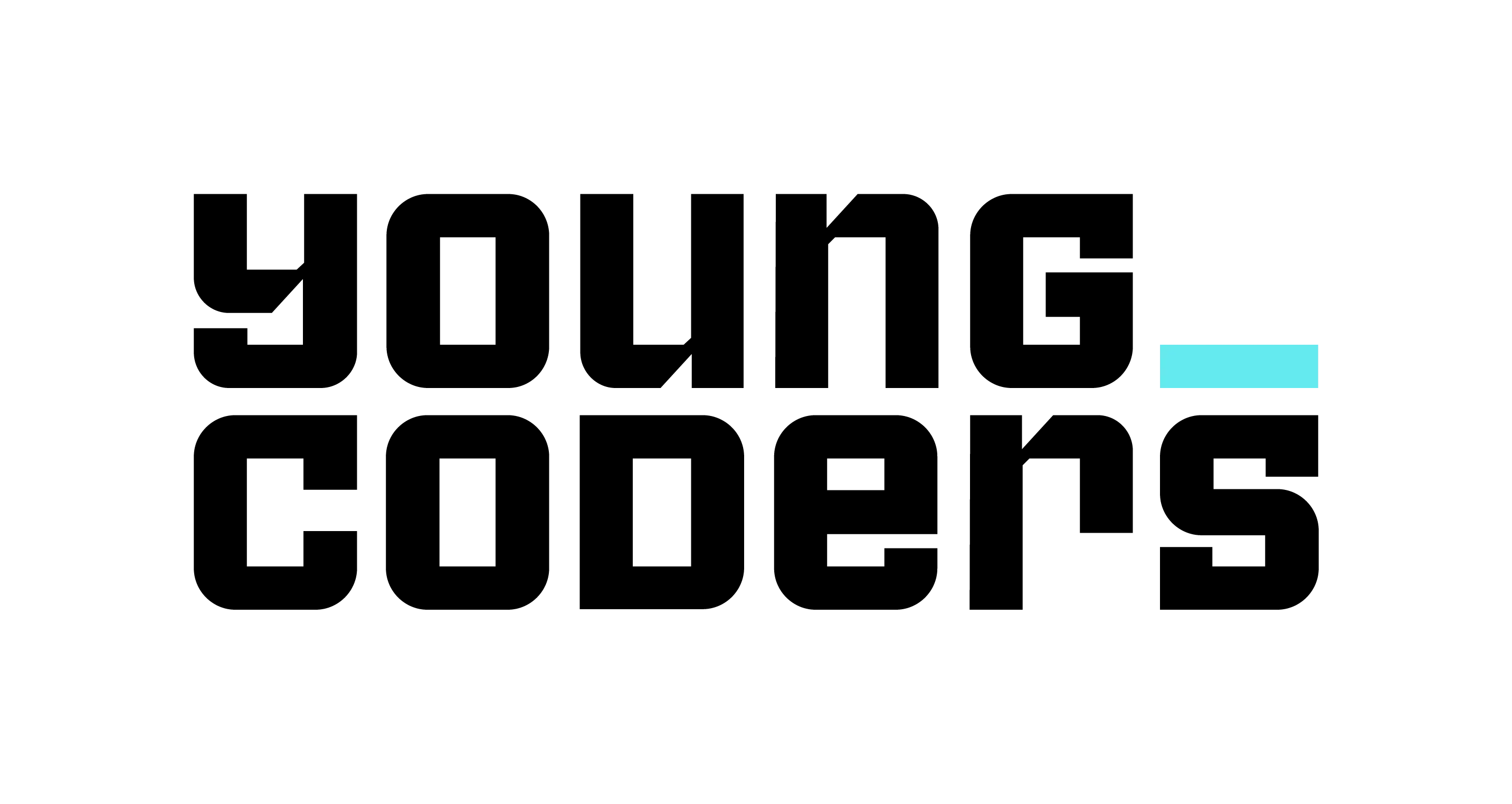The Metaverse explained
In short, the Metaverse is the next internet revolution, in which websites are replaced by digital worlds and scrolling and clicking are replaced by an avatar that you walk around the world with.
But actually, there is not one right answer to this question. Just like no one could predict what “the Internet” would become when it was invented. Every niche startup and tech giant currently investing in the metaverse has yet another vision for its future.

We ourselves subscribe the most to the views of Strauss Zelnick, the CEO of Rockstar’s parent company Take-Two. “The metaverse implies what we already do with GTA Online. The opportunity to exist in that world in ways that are challenging, fun and new, and find ourselves doing things we can’t do in the real-world.”
A visual translation of this statement could be that you could be on the moon or walk into your own computer within a second from your living room. In our view, that is where the potential of the metaverse lies. Why mimic the “boring” parts of our physical world in a virtual one? Why recreate meeting rooms and offices in the metaverse when you can also meet on the moon!?
The digital construction site
Beyond that, the metaverse also seems to be a very big marketing stunt. Many metaverse concepts are empty projects that ride on the metaverse hype, without adding value or bringing anything innovative.
That’s because the metaverse is actually still a big construction site. Hopeful metaverse projects have so far been mostly guesses by experimenting organizations. The beauty of such a construction pit is that an awful lot of projects emerge that all have strengths and adopt them from each other in ever-improving metaverses.
Synonyms for the metaverse
You now know what the metaverse is: a marketing stunt, a construction site AND the future of the Internet. But this concept is not at all tied to the term “metaverse”!
You can easily replace the term metaverse with “web 3.0” or “cyberspace” and nothing substantively changes. They are all terms for the same concept. In particular, Facebook’s name change to Meta has given the term metaverse a huge boost. But that very name change from Facebook makes Metaverse developers and innovators not want to be stuck with this term, which is now so inextricably linked to Facebook. After all, Facebook is just one of many Metaverse developers, and certainly not the “boss” of the Metaverse.
This is why we see the term “cyberspace” coming into use more and more. So it remains to be seen whether the future of the Internet will actually continue to be called metaverse! (Nice going Meta! 😉 )
Does the Metaverse already exist?
So the metaverse is a digital world where we meet, interact and engage in all kinds of activities. But… Doesn’t the metaverse already exist then? World of Warcraft , for example, is a virtual world where players can buy and sell goods. Fortnite has virtual experiences such as concerts and exhibitions. You can put on an Oculus headset and walk around in your own virtual home.
Is that really what the metaverse is about, a bunch of new modern video games?
Yes and no. Saying Fortnite is “the metaverse” is like saying Google is “the Internet”. Even if you spend large portions of your time in Fortnite socializing, buying things, learning and playing games, that doesn’t mean Fortnite is the metaverse. Just as Google, which builds parts of the Internet – from physical data centers to security layers – is not the whole Internet.
So in fact, there are dozens, if not hundreds, of metaverses. Some are out-of-hand games, such as Fortnite, Minecraft and Roblox.
Other metaverses are really developed as digital worlds, such as Decentraland, the Nemesis, the Sandbox or the metaverses still being developed such as RobotEra and Otherside (from Yuga Labs, the company behind the Bored Ape Yacht Club).
All of these examples are metaverse in their own way, and all show a piece of the potential of the metaverse. Fortnite, for example, shows successful examples of gamification and how businesses can play a role in the digital gaming world, while Decentraland shows the side of owning land and stuff in a digital world.
Centralized vs. decentralized
So right now there are an awful lot of metaverses, each showing some of its potential. So there is not one metaverse or one organization determining what our future looks like. So the metaverse is decentralized, and that’s a good thing.
But while decentralization is good for the development of the metaverse, it does crave some form of standardization. In the ideal vision, metaverses are interoperable, allowing you to take virtual objects such as clothes or cars from one platform to another. You’d be crazy if you had to pay ten times in ten metaverses for the same pair of virtual Nike sneakers, right?
Just like it would be disastrous if you needed another separate browser to visit each website.
But this standardization is really still in the future. To do so, hundreds of organizations must come to an agreement, no doubt leading to a massive power struggle between Metaverse giants such as Microsoft, Meta, Take Two and Decentraland.
Our own metaverse…
Yes, you read correctly. We too have jumped on the hype and are busy developing our own metaverse! That too is still a construction pit, in which we test and discover something new every day. We are happy to share our discoveries and findings with you. Thus, together we are getting closer and closer to what the future of the Internet will really look like.
Young_Coders specializes in IT training. There, then, lies the added value for us of having our own metaverse. We are looking for ways in which a metaverse can contribute to an educational and fun online learning environment.
We chose a low-poly design style for our own digital world. This is actually the unofficial metaverse style, in which most metaverse are developed. The choice of this style is based on two criteria.
- Most computers can handle it (it requires relatively little computer power)
- The style translates well to a VR application.
Our next step: create a digital environment with a positive atmosphere, where you as a user feel comfortable taking your first steps into the world of IT. We close the blog with a “sneak preview” of our metaverse, more to come!


